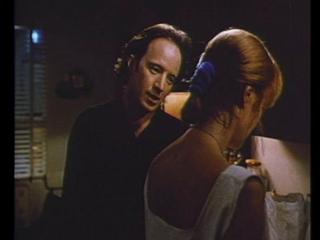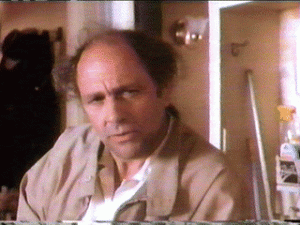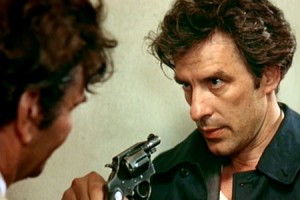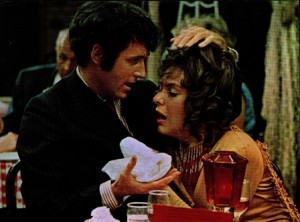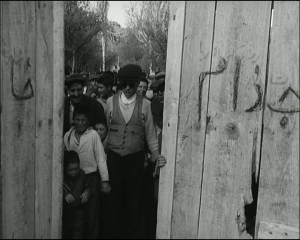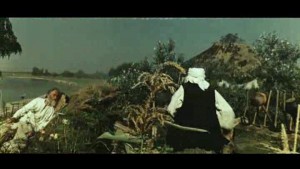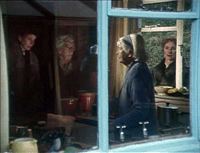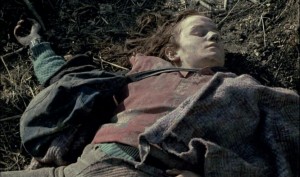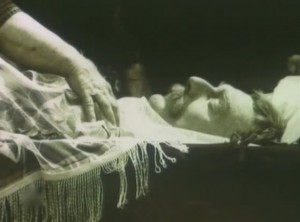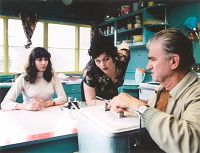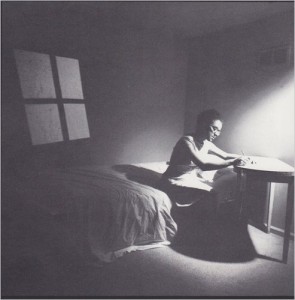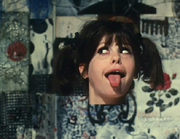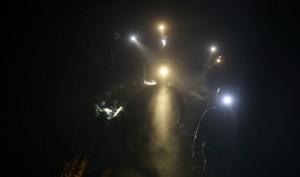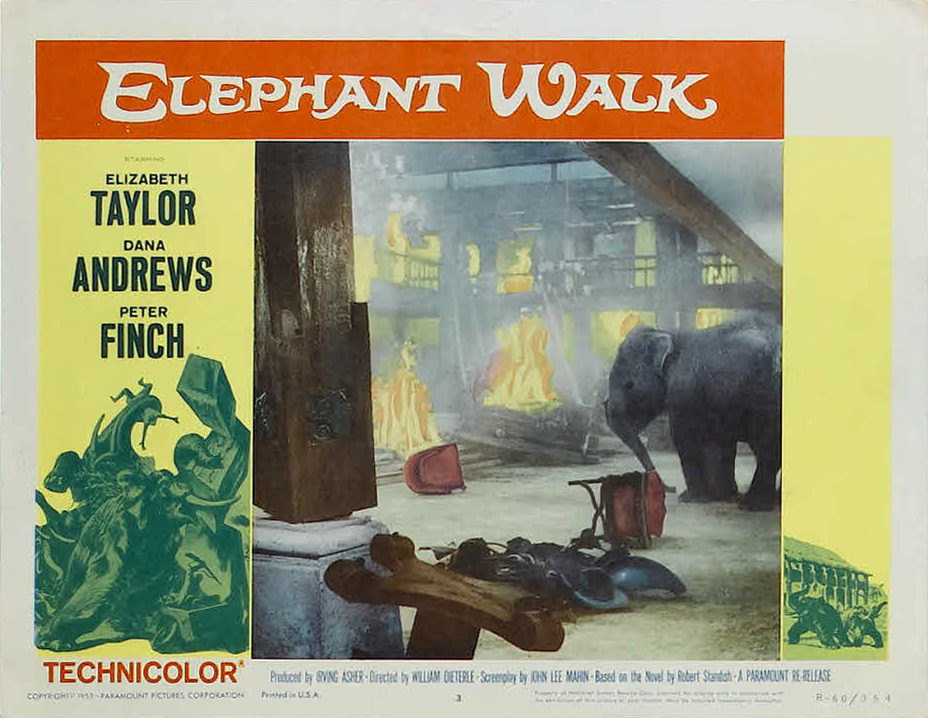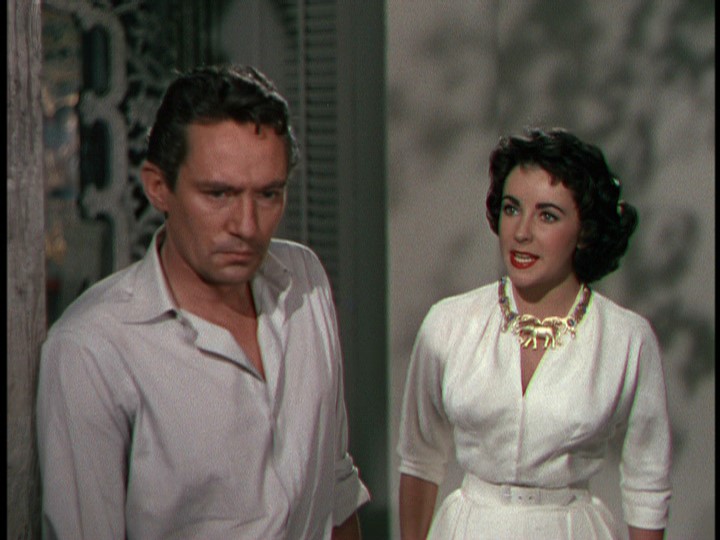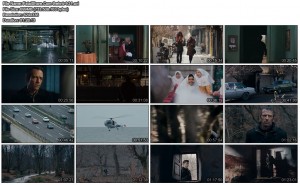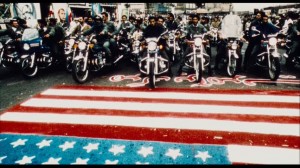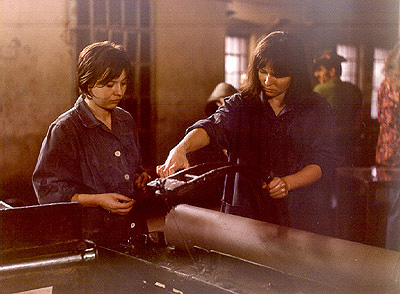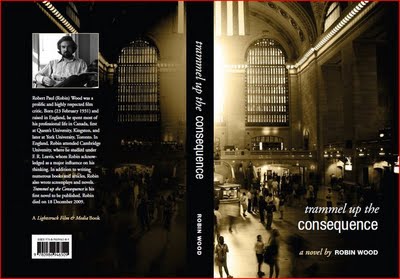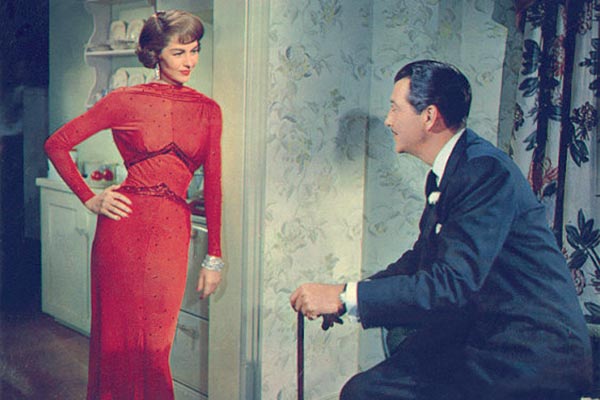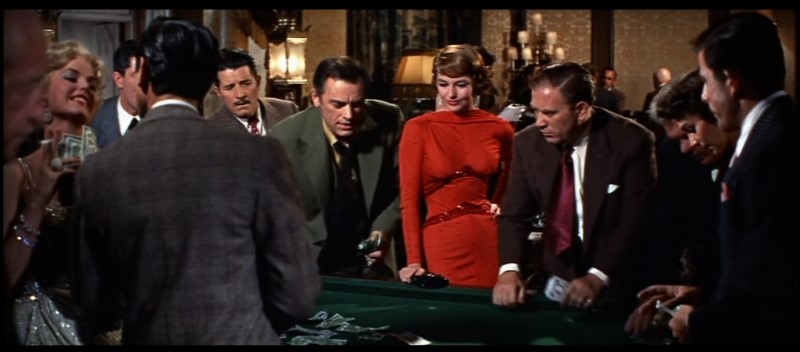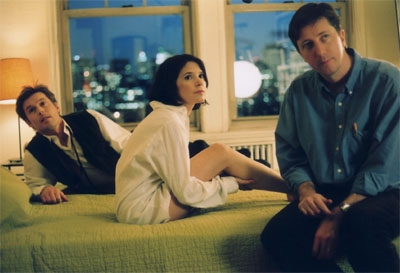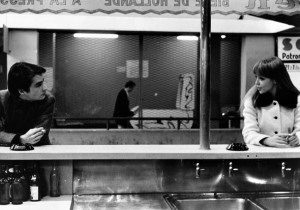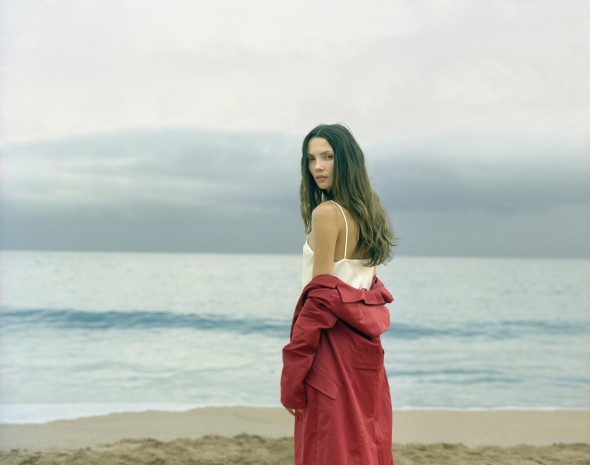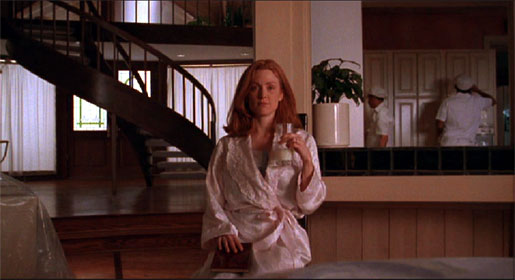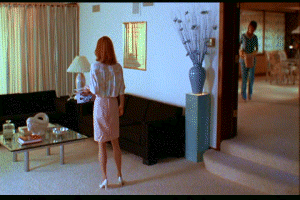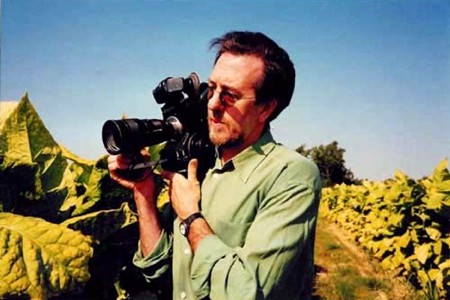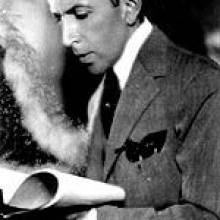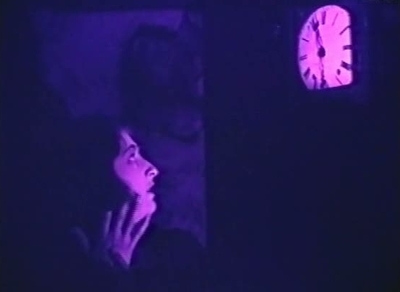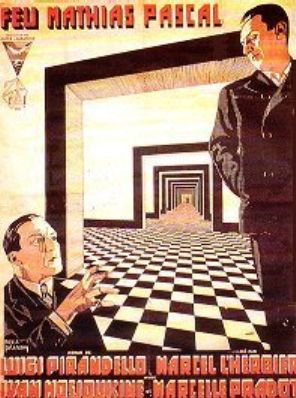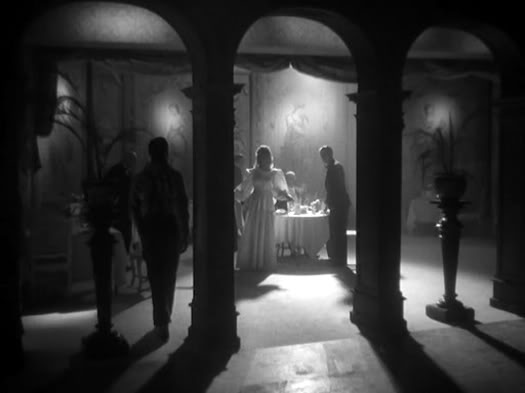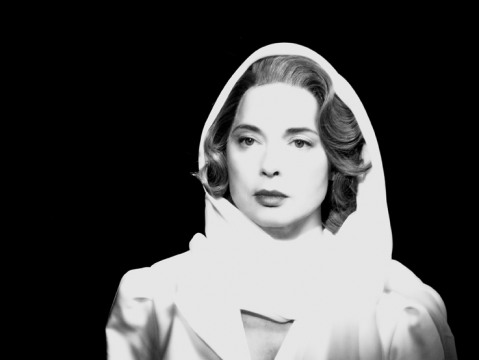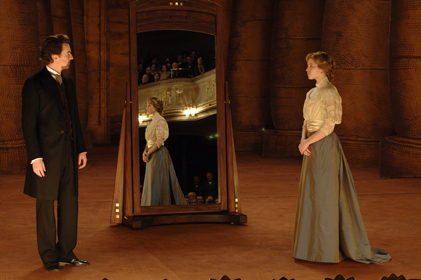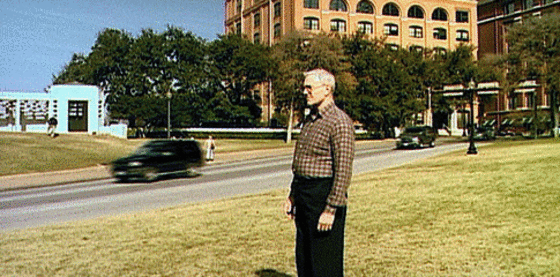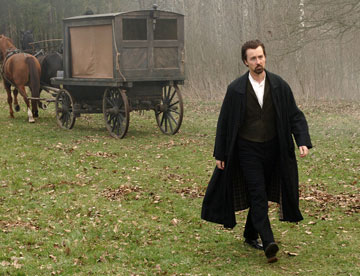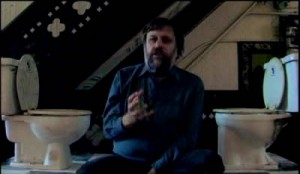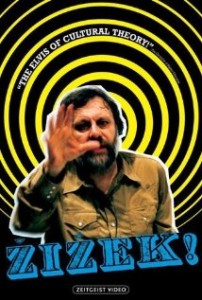From the Chicago Reader (March 2, 1990). — J.R.
MEN DON’T LEAVE ** (Worth seeing)
Directed by Paul Brickman
Written by Barbara Benedek and Brickman
With Jessica Lange, Chris O’Donnell, Charlie Korsmo, Arliss Howard, Joan Cusack, and Kathy Bates.
A central part of Paul Brickman’s talent as a director, apart from his skill with actors, is the use he’s made in his two features of the throbbing, semieuphoric rhythmic monotony of New Age music as a kind of figured bass to the melodic flights of his mise en scene. A master in orchestrating precise cuts, unorthodox camera angles, and camera movements that propel or embellish his story telling, Brickman may depend in part on slightly shopworn plots and familiar generic characters, at least as putative starting points. But he scores almost every time he articulates a fancy transition or highlights a telling detail, occasionally setting the story slightly adrift as he draws us into these lyrically abstract interludes. And the musical regularity of his scores — by Tangerine Dream in Risky Business (1983) and by Thomas Newman (son of Alfred and cousin of Randy) in Men Don’t Leave — tends to protect these well-crafted maneuvers, providing them with a kind of safety net (or, to alter the metaphor slightly, trampoline) from which he can make his expressive leaps. Read more

